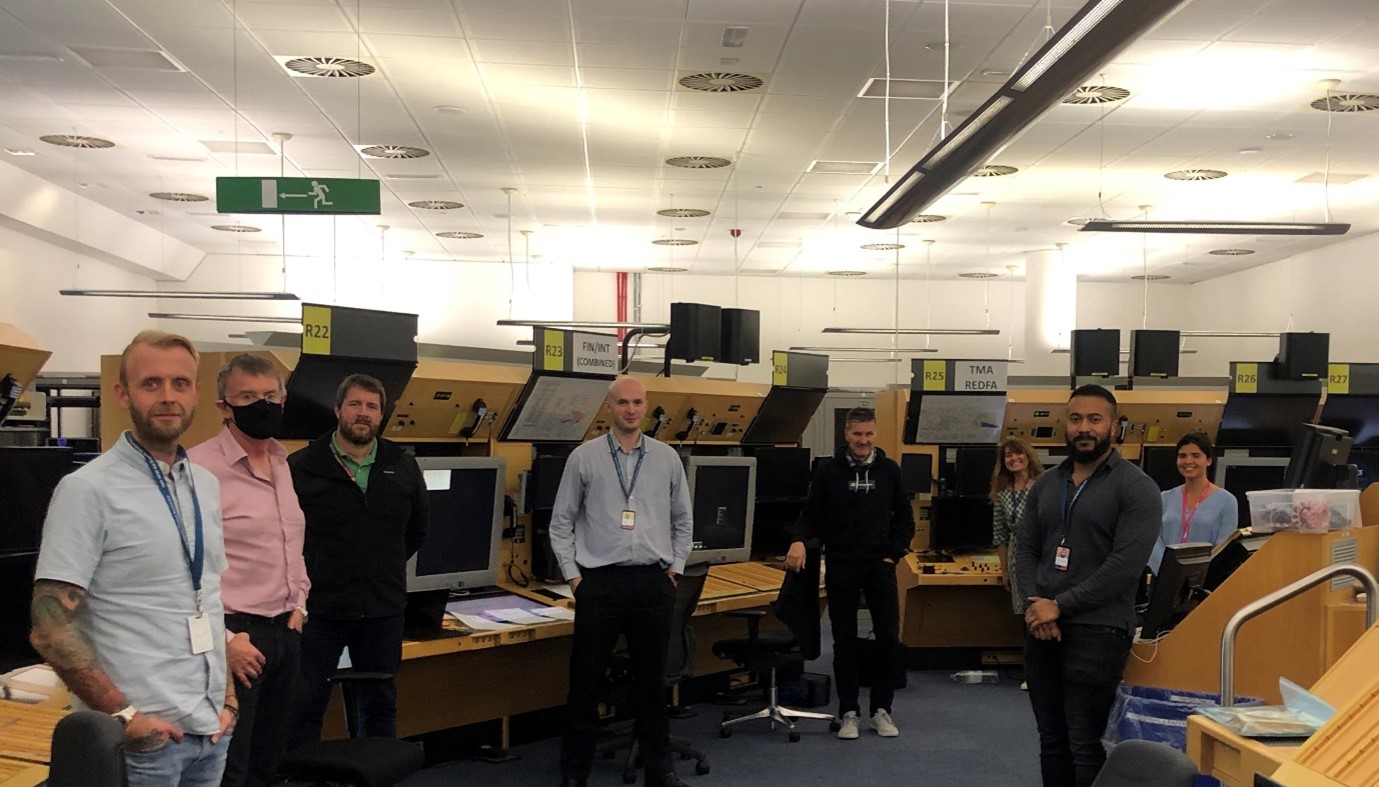Think has been leading Real Time Simulation (RTS) Validation Activities all around the world since its foundation in 2004. These range from simulations to develop early maturity SESAR concepts to the very large scale demonstrations addressing Free Route Airspace for European ANSPs. However, it has never been as busy as in the last few months. We have been simultaneously supporting the concept development work and simulations for Intelligent Approach (IA) tool for two deployments worldwide. These involve a lot of work: Apart from all the engineering, safety, concept and data preparation required, we schedule a set of data and system testing days to de-risk the actual simulation. Different ANSPs call these activities different things but for the IA projects aforementioned, they were broken down into the following activities:
-
-
- Unmanned Data Test (UMDT). This is an initial activity that the validation and/or data preparation team attend to get an initial insight into the traffic that will be used during the simulation. Typically, this is based on operational data provided, and adapted if necessary, to ensure we capture the correct objectives and test the appropriate scenarios. We check if the traffic levels, mix and presentation are realistic whilst also checking the radar map display. In addition, other aspects like the strips being correctly distributed or the emulated AMAN working as expected, are tested too.
- Manned Data Test (MDT). During this activity, controllers and pseudo pilots are required for the first time to test the data in more detail and from a user perspective. They check frequencies are correctly allocated and if aircraft separation, routes or wind conditions are realistic for this operating environment and testing purposes.
- Customer Functionality Test (CFT). The main purpose of this activity is to test if the simulator platform is realistically reflecting the concept as well as the operating environment. The tool should be working according to the CONOPS[1]. It is a system test that focuses on if the HMI indicators are displayed consistently with the concept and if the activities can be performed to comply with the testing objectives.
- Large Scale Shakedown (LSS). This is the last activity before the simulation delivery days. It is essentially a practice to make sure all the necessary staffing, hardware and software are fully configured. Its aim is to make sure all is working for the delivery days to identify if the concept and simulation platform is acceptable for main simulation delivery days.
-
Simulation delivery days. These days are usually witnessed by the customer and/or concept users to get a view of how the tool is working and how the project is progressing. In addition, feedback from the customer and the controllers involved is collected to make sure the requirements are met. Its duration can vary from days to weeks. For the two projects mentioned above, NATS split up one RTS activity into three delivery days. Overall, a series of 10 RTS were performed. This way, IA tool can be iteratively developed over the course of the project based on the planned software/hardware build schedule in addition to incorporating controllers’ feedback into the development.
It’s common to plan a series of RTS with one simulation every 6 months or so. Whilst that tempo is what we normally expect in large programmes like SESAR, recently we have been conducting one simulation every 2 weeks! Which is not bad considering also that we are in the middle of the COVID pandemic with limited personnel permitted onsite. Nevertheless, the teamwork between Think, NATS, Leidos and the customers in question meant that the simulation activities added extra value and really helped develop and adapt the IA concept to the rather complex chosen target environments. Think are pleased to provide its validation expertise for the implementation of a tool that has been demonstrated to be versatile and adaptable to different operational environments to optimise operations for several airports around the world.

LAST TWA SIMULATION DAY. FROM LEFT TO RIGHT: DAVE WHITWORTH (HEATHROW ATCO) ANDY GARRETT (ATC LEAD) NORM EASTER (GATWICK AND HEATHROW ATCO) PETER WEEKS (THINK CONSULTANT) MARK DAVENPORT (GATWICK ATCO) ROSIE AIRD (ATM DEVELOPMENT LEAD) IRENE BOÑAL BRAVO (THINK CONSULTANT) AMIR DE PRISO ARYNOV (NATS ENGINEERING)
[1] Conops. Concept of Operations. This is a document elaborated before and during the project to reflect how the concept is deployed in each airport’s operational environment, the tool behaviour and ATC procedures.


Recent Comments